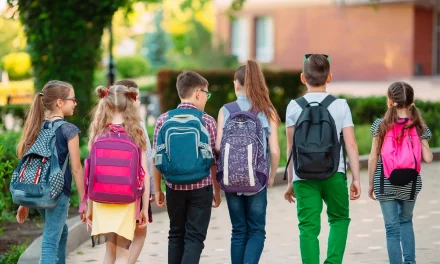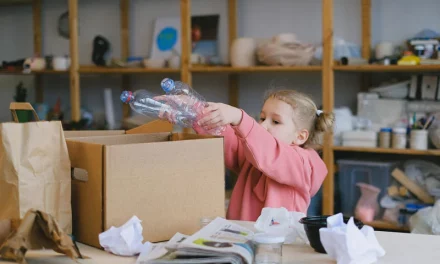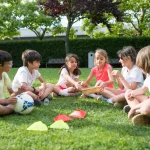Adolescence is a crucial stage in the development of every person. It is a period full of physical, emotional and social changes, where they begin to form their identity and explore their deepest interests.
Extracurricular activities play a fundamental role for adolescents, providing a safe and secure space at a time of so much change. They provide enriching and constructive experiences for them to develop or enhance skills, discover passions and build meaningful relationships with friends.
Read on to discover the benefits of after-school activities for teens and the best activities for their age.
Why are extracurricular activities important in adolescence?
Considering the above, in addition to providing a space for shelter, enjoyment, fun and introspection, to do what one wants and likes and to connect with new friends, after-school activities offer numerous benefits for adolescents.
- Personal Development: Extracurriculars not only help teens enhance their own identified skills and passions, but also help them acquire, identify and hone skills that are valuable both in school and in everyday life. They provide them with a space to explore passions that may not be covered in the standard school curriculum. Depending on the extracurricular, the focus will be on developing different types of skills.
- Emotional and mental well-being: Participating in activities outside of academics can reduce stress, increase self-esteem and provide an avenue to express emotions in a healthy way. Extracurricular activities create a space where teens can disconnect from daily pressures and enjoy something they truly love.
- Building bonds and relationships: They offer opportunities to meet other youth with similar interests, to connect with other children in a more relaxed environment. This can forge lasting friendships, improve communication and cooperation skills, and help teens build a network of support from other teens with whom they can identify or who are going through similar situations.
- Improved academic performance: Many extracurricular activities foster organizational and time management skills, discipline, problem solving, leadership and teamwork, which can be reflected in improved academic performance.
In these articles, we tell you about the benefits of sports and their impact on school performance. You can also find the specific benefits of martial arts, dance, soccer, technology, surfing or music.
Best extracurricular activities for teenagers Which ones are recommended?
It is essential to listen to the adolescent, take into account their tastes, interests, what activities or areas they are interested in and what extracurricular activities they would like to do. Many times, even, children have been practicing extracurricular activities for a long time and they probably want to continue or maybe they want to change and try new options.
Below is a list of extracurricular activities as a guide and reference, which are highly recommended for teenagers, in case you need guidance and help in choosing.
Physical activities, competitive and recreational sports
Sports are an excellent way to promote discipline, teamwork and physical health.
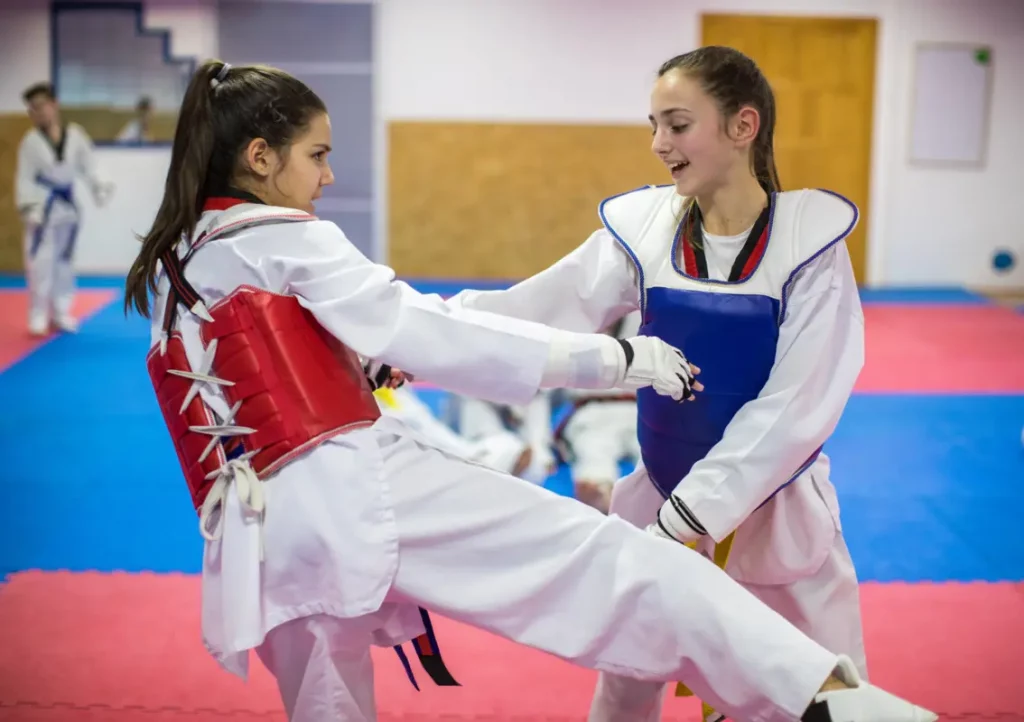
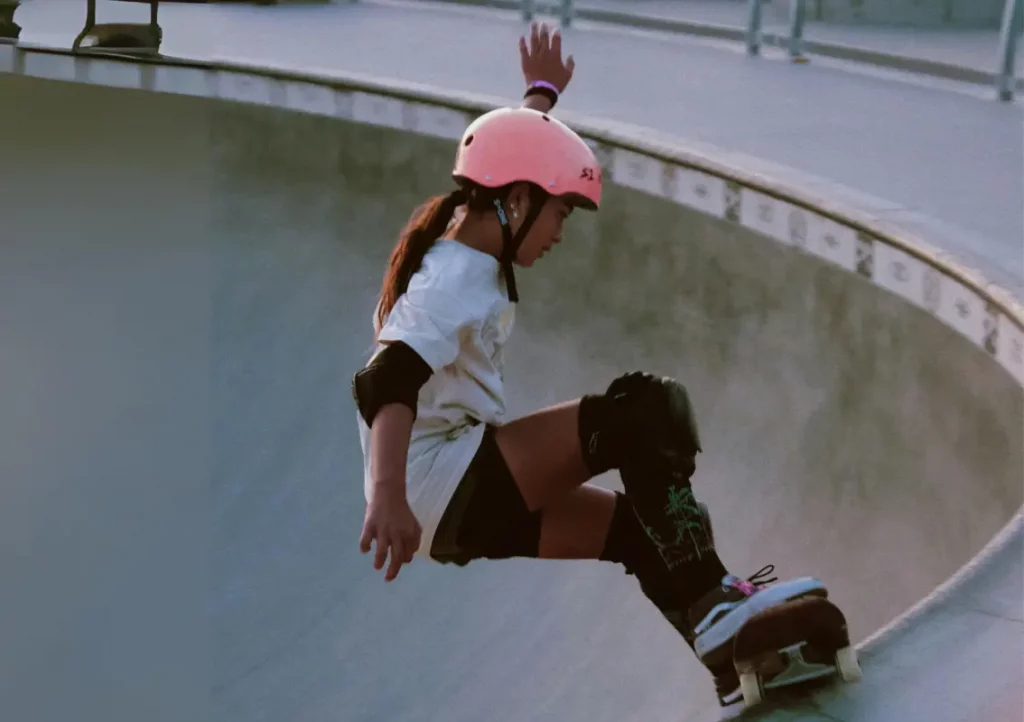
- Soccer, basketball and volleyball: Team sports that develop cooperation, communication and leadership skills.
- Swimming, fencing and athletics: Encourage self-discipline, concentration and physical endurance, offering a balance between personal challenge and teamwork.
- Martial arts: Promote respect, self-discipline and self-defense.
- Yoga and meditation: Promote relaxation, concentration and physical and mental well-being, helping adolescents manage stress and anxiety.
- Paddle boarding and climbing: These activities improve coordination and physical endurance, as well as providing an exciting and adventurous way to stay active.
- Parkour: Develops agility, coordination and endurance skills, and is an exciting way to explore the urban environment.
- Acrobatics and fabric: These circus activities not only strengthen the body, but also improve flexibility and coordination, offering a space for creativity and personal expression.
- Skateboarding and skating: Skateboarding and skating combine technical skill with personal style. It develops coordination, balance, endurance and creativity, and teaches resilience by facing and overcoming challenges. It is a fun and effective way to exercise and release stress.
- Surfing: Riding waves strengthens the body and improves flexibility, endurance and balance. It also fosters a deep connection with nature and helps reduce stress.
Creativity and expression
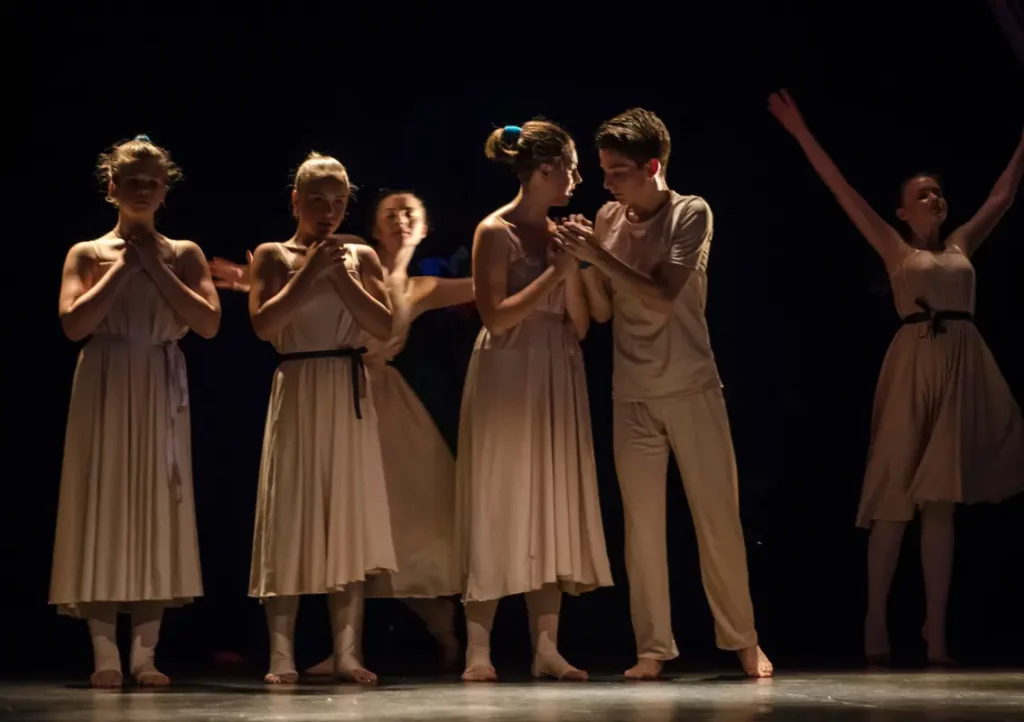
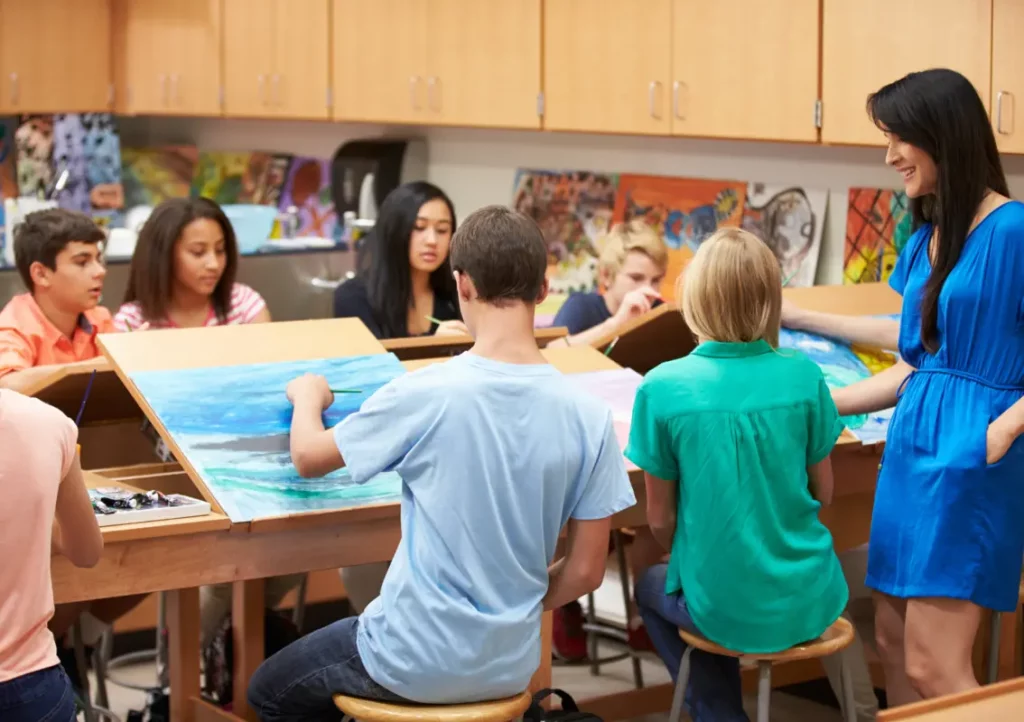
Creative, artistic and musical activities allow adolescents to free their imagination and express their emotions.
- Music classes (instruments and singing): Develop cognitive and emotional skills, as well as discipline and concentration.
- Theater and Acting: Develops confidence, empathy and communication skills, allowing teens to express themselves and connect with their emotions. .
- Art, painting, sculpture, ceramics and crafts: They offer a creative outlet that can be very therapeutic and fulfilling, developing fine motor skills and encouraging self-expression. They foster creativity, patience and attention to detail.
- Dancing: Not only is it an excellent form of exercise, but it also promotes body expression, coordination, self-esteem and free movement.
- Cooking classes: Teach practical skills and encourage creativity, independence and teamwork.
- Chess: Improves strategic thinking skills, concentration and problem solving, offering a continuous mental challenge.
Science and technology
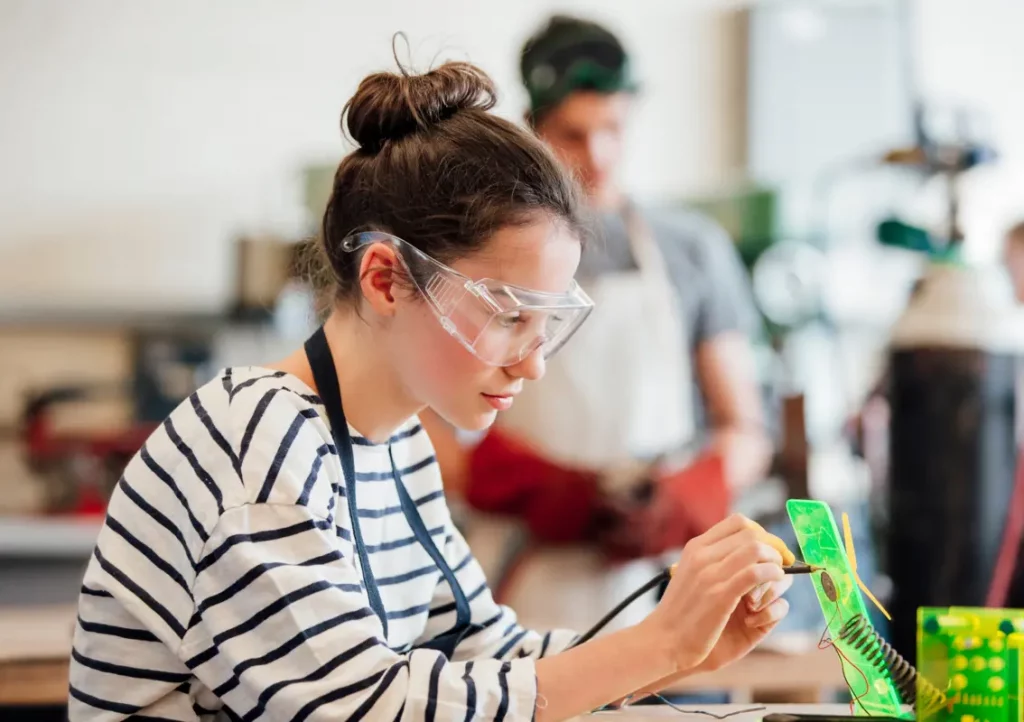

STEM (Science, Technology, Engineering and Mathematics) activities are perfect for technologically and scientifically inclined teenagers.
- Robotics and Programming: Provide an excellent opportunity to develop critical thinking, logic and problem solving skills.
- Science club and laboratory: Encourages curiosity and interest in areas such as biology, chemistry, physics and astronomy, providing a space to experiment and learn. They encourage interest in research and experimentation.
- Video game design and 3D animation: Foster interest in technology and creativity, allowing teenagers to create and explore digital worlds.
Personal and professional development and languages


Personal and professional development is key to the overall growth of adolescents, preparing them to face future challenges with confidence and solid skills. Learning a new language is not only useful for the academic and professional future, but also broadens the cultural horizons of adolescents.
- Language classes: They offer an immersion in new cultures and improve global communication skills. In addition, learning in a playful and dynamic way makes the process more engaging and effective.
- Cultural exchanges: Offer a unique linguistic and cultural immersion experience, allowing teenagers to practice languages in a real environment while enjoying a new experience and making friends.
- Personal development or emotional intelligence workshops: Improve skills such as time management, decision making and emotional intelligence, preparing adolescents for future challenges.
- School reinforcement: They help improve academic performance and develop effective study skills, providing additional support where needed.
Nature and environmental awareness
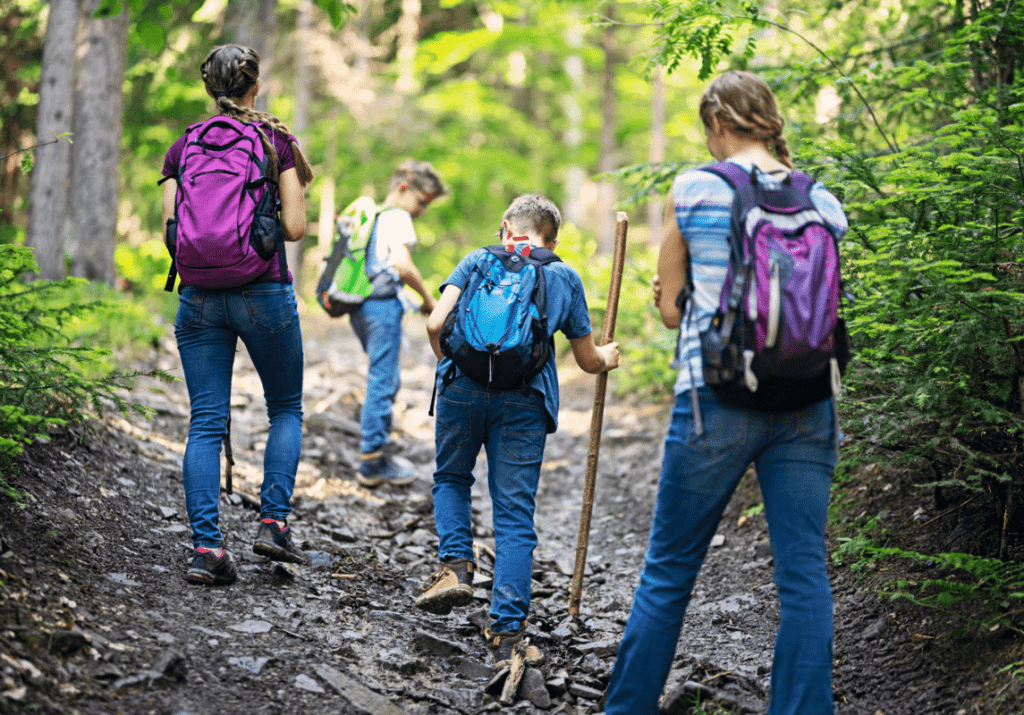

These activities not only enrich the teenagers’ experience by connecting them with nature, but also teach them the importance of caring for and protecting the environment for future generations.
- Gardening and gardening: These activities connect teenagers with nature and promote ecological awareness, teaching them the importance of caring for the environment.
- Hiking and nature exploration: Walks and excursions in natural environments help improve physical fitness and endurance, while promoting knowledge of the local ecosystem and respect for wildlife.
Tips for choosing extracurricular activities for your teenagers
- Listen to your child: Considering your child’s interests and passions when selecting activities is essential. Involving teens in the decision-making process ensures that the activities chosen are appealing and motivating to them.
- Seek balance: Make sure extracurricular activities do not overload your child and allow time for study and rest. Balance between academic responsibilities and recreational activities is key to healthy development.
- New experiences: Encourage your child to try new activities to discover hidden interests and talents. Adolescence is an excellent time to experiment and explore different fields.
- Support and Motivation: Offer constant support and encourage your child to persevere, even when the going gets tough. Recognize their achievements and efforts to keep their motivation high. Try to avoid comparison and pressure.
- Make changes if necessary: Ask your child how your child feels about the activities, does he/she enjoy them, what does he/she do, does he/she feel motivated and eager to attend. Make adjustments if necessary, it is important to make sure the activities continue to be satisfying and beneficial. After-school activities should be a safe and enjoyable place where adolescents feel comfortable and motivated to learn, progress and develop.
As you have seen, extracurricular activities are essential for the development of teenagers, they not only complement formal education, but also help them to discover and develop their interests and skills. Discover an infinite number of extracurricular activities for your children, filter by type of activity or location.


